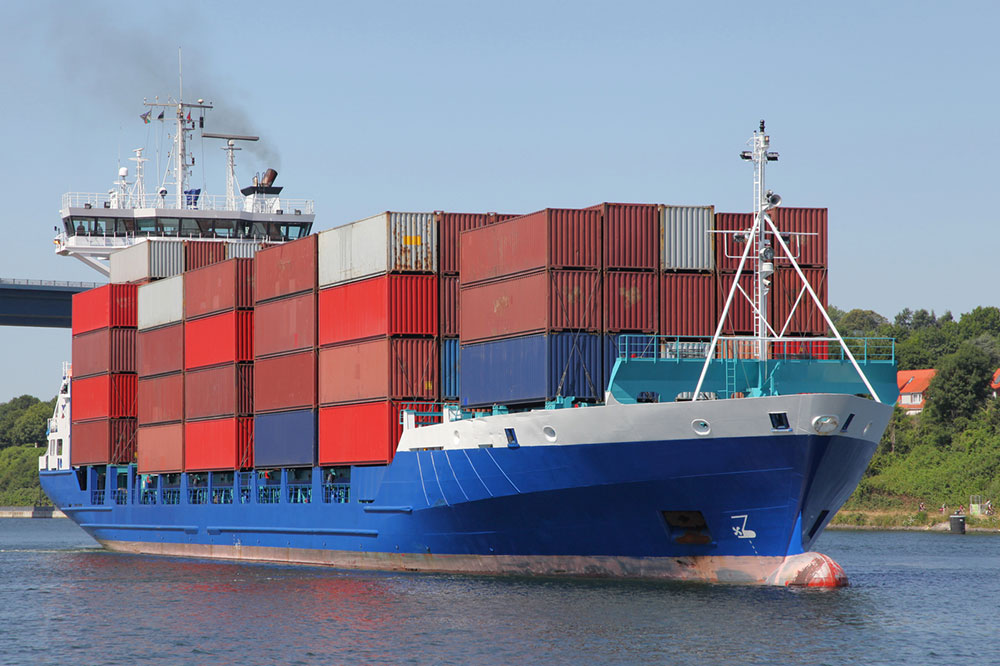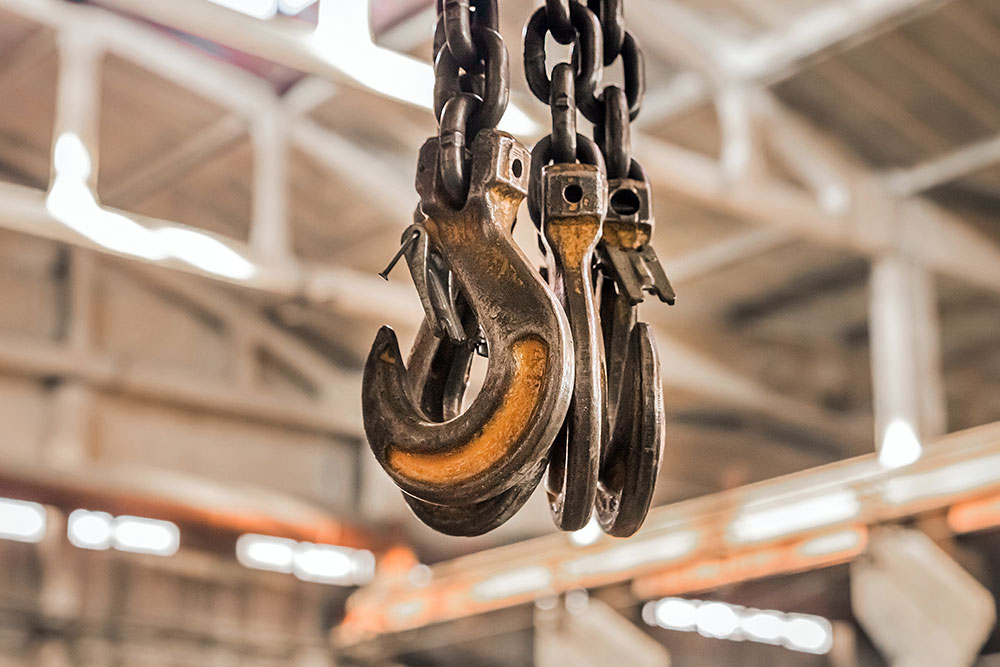Simple Guide to Freight Shipping Processes
This guide simplifies freight shipping, covering packaging, modes of transport, cost estimation, and booking procedures. Ideal for newcomers, it highlights best practices for efficient and cost-effective logistics management, leveraging online tools for comparison and tracking to optimize your freight experience.

Simple Guide to Freight Shipping Processes
Freight transportation is a complex operation involving moving various goods worldwide. Coordinating different modes of transit ensures packages reach their destinations efficiently and reliably. If you're new to freight shipping, keep these key points in mind to ensure smooth transit.
Package Preparation
The National Motor Freight Traffic Association (NMFA) offers standards for packaging freight. The shipping company also provides guidelines, emphasizing proper packing to prevent damage during transit.
Packages should be stacked on pallets suitable for air, sea, or land transport. Proper labeling is essential, including sender and recipient names and addresses, matching details on the bill of lading.
Freight shipping options include ground, sea, and air transport. Road and rail networks facilitate domestic shipments, offering cost-effective options with longer transit times. Overseas shipments are primarily handled via ocean freight, capable of covering multiple destinations without weight restrictions. Air freight, though more expensive, provides rapid transit for large cargo to international locations. Using a freight calculator can help compare costs across modes and select the most appropriate option based on package size, weight, and destination.
To estimate costs and classify shipments, freight class calculators are helpful. They assist in determining approximate shipping expenses and prevent unexpected charges. Many logistics providers offer this tool, which considers factors like weight and packaging specifics. Remember, costs depend on transport mode, origin, destination, weight, and special handling needs.
Pickup arrangements are typically managed at dedicated freight terminals, where packages are received, processed, and dispatched. Some premium services offer door-to-door pickup. A bill of lading is generated at this stage, with a copy provided to the consignee, detailing shipping info from origin to destination. Online tracking tools enable customers to monitor shipments in real time until delivery.
Comparing quotes from different freight companies and evaluating their services is always advisable. Many logistics options and tools are accessible online to streamline the shipping process.










